Impacts of Fashion: Environment, Society & Sustainable Solutions
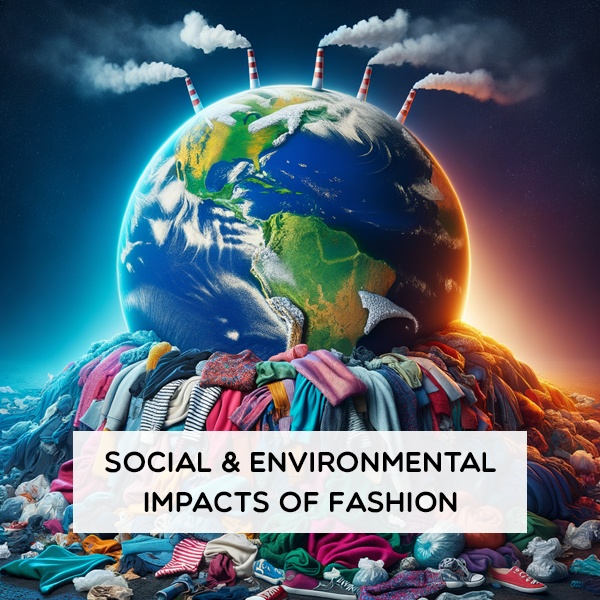
Fast fashion has exploded into a 120+ billion dollar industry, growing by more than 10% since 2024 alone. It's fast, cheap and everywhere. But behind the low prices and quick trends lies a much bigger problem. Fashion now ranks as the second-most polluting industry in the world. From the factory floor to your wardrobe, every piece of
clothing leaves a trail - of waste, chemicals and carbon. That Rs. 150/- top hanging in your closet? It may have travelled over 10,000 miles before it reached the store. It also used up 2,700 litres of water - that's what one person drinks in nearly three years.
This article digs deep into the real impact of
fashion - not just on the planet, but on people too. It's here to help fashion students, designers and everyday shoppers understand what's happening behind the seams. We will break down how the industry affects our environment and communities, and what needs to change. More importantly, we will explore where fashion is heading - with better, cleaner and more thoughtful ways to dress.
The Fast Fashion Revolution: From Luxury to Disposable
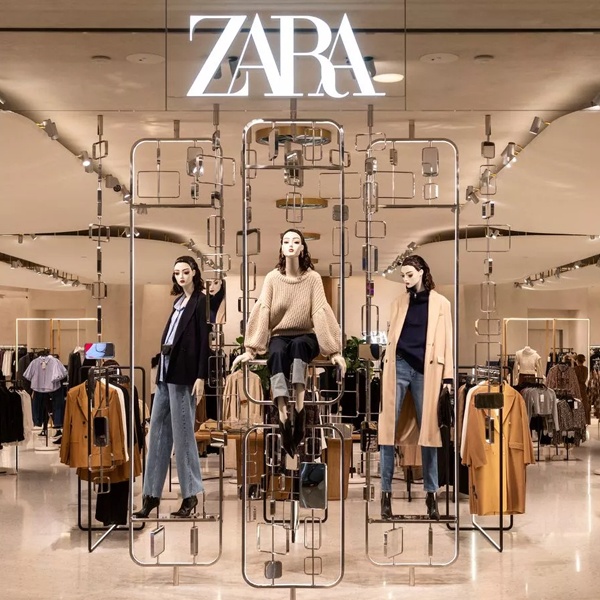
The
Fast fashion industry has transformed from seasonal collections to weekly drops, creating unprecedented environmental damage. Discover how brands like Zara and H & M are changing our planet. These fast fashion giants release over 20 collections annually (compared to traditional fashion's 2-4 seasonal collections), prioritizing speed over sustainability with constant new arrivals. The goal? Keep people shopping non-stop.
Most of us buy clothes we barely wear. Some items don't even leave the hanger. While a Rs. 300 top seems like a bargain, the hidden environmental and social costs make it far more expensive than consumers realize. But it adds up. This accumulation contributes significantly, with the industry generating 92 million tonnes of
textile waste annually, making it the world's second-most polluting. The true cost of a $5 fast fashion dress reveals the industry's environmental impact: It's made fast in low-cost factories, often with poor working conditions. The fabric is cheap. The dyes pollute water. The dress reaches stores, sells quick, fades after a few wears, then ends up in the bin.
Fast fashion makes money by selling low-quality clothes in huge amounts. They aren't made to last - just to sell fast. The more we buy, the more they win. And the environment loses.
Environmental Impact: 92 Million Tonnes of Waste Annually
Fashion is fun for us, but the planet pays the price. Behind the clothes we wear, there's an environmental crisis most people don't see.
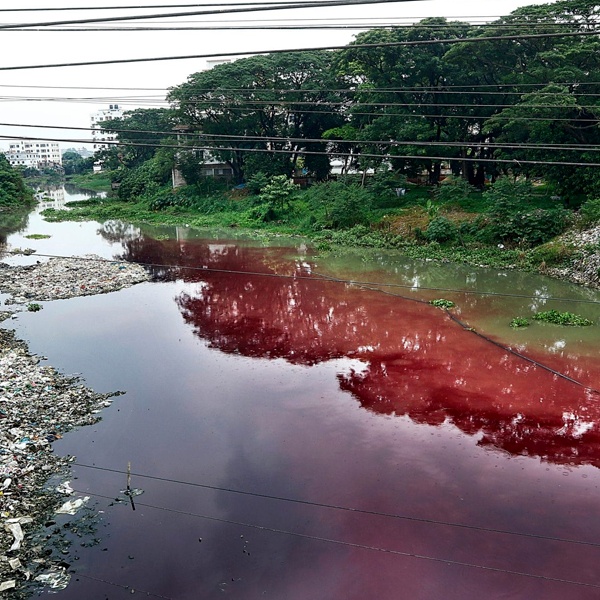
Water Pollution from Textile Dyes
Fashion uses 79 billion cubic metres of water every year - a massive drain on resources. On top of that, many factories dump untreated wastewater into rivers, affecting 200 million people. The water is filled with dyes, metals and harmful chemicals. Synthetic clothes make it worse by releasing microplastics into oceans and even our food. The Aral Sea, once full, dried up largely due to cotton farming. Some brands now use waterless
dyeing to reduce damage, but it's still not enough.
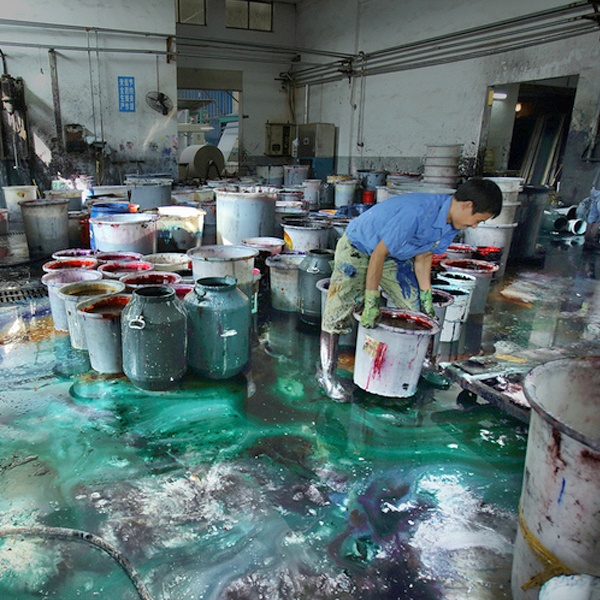
Toxic Chemicals in Every Thread
The
fashion industry uses over 8,000 chemicals to dye and treat fabrics. Many of these are harmful. Workers in factories often suffer. Some get skin burns, others deal with breathing issues. These toxic chemicals can stay in the clothes too, touching your skin every day. Luckily, systems like GOTS and OEKO-TEX check for safe production. They help people choose better options. Some designers are now using plant-based dyes and skipping dangerous chemicals. It's not yet common, but it's growing.
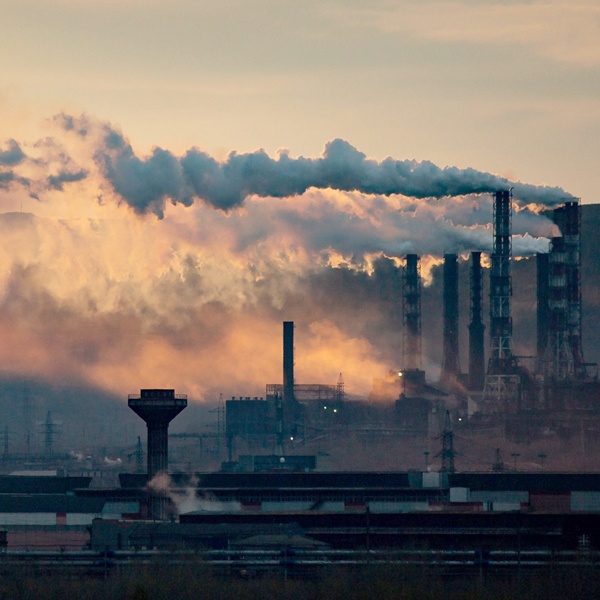
Carbon Footprint of Fast Fashion
Fashion releases 1.2 billion tonnes of carbon dioxide every year - more than planes and ships combined. The problem is growing fast. If nothing changes, emissions may jump by 50 percent by 2030. Transport adds to the mess. Clothes travel thousands of kilometres before reaching a shop. And many factories run on coal, making it worse. But some brands are switching to solar and wind energy. It's not a full shift yet, but it's a move in the right direction.
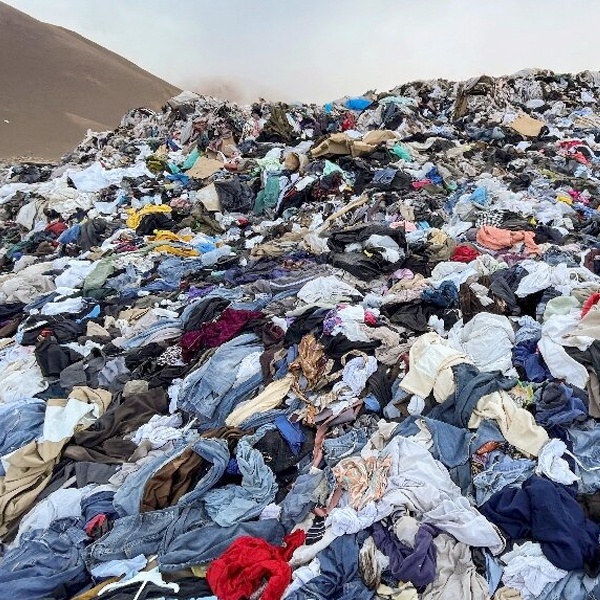
Piles of Waste, No Place to Go
The reality is grim: textile waste equivalent to a garbage truck of clothes is dumped every second. That's real. Most old clothes end up in landfills or get burned. Polyester, used in many outfits, takes over 200 years to break down. Burning it? Even worse - it releases toxic fumes. The
world talks about recycling, but only 0.3% of textiles get recycled into new clothes. New ideas like textile-to-textile recycling could change things. But right now, the waste keeps growing.
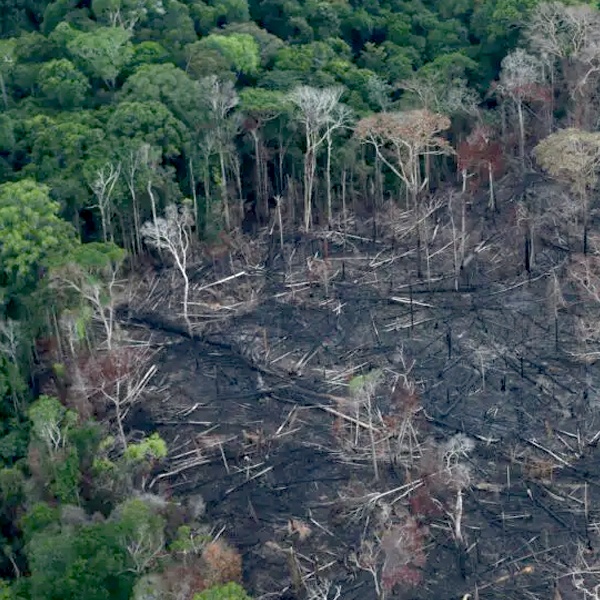
Fashion Cutting Down Forests
Clothes aren't just made from cotton and synthetics. Many come from trees - and that's a problem. Around 200 million trees are cut each year for fibres like viscose and modal. Some of these are from ancient forests. Once gone, they don't grow back. And it's not just trees. Animals lose homes. Some species face extinction because of this. Good alternatives do exist. Fibres like TENCEL come from sustainable wood sources. Others like Pinatex (from pineapple leaves) and mushroom leather use no trees at all.
Social Impact: Labor Conditions in Fast Fashion
Fashion might look glamorous on the outside, but behind those racks of cheap clothes sits a harsh truth - a human cost many ignore. While shoppers enjoy discounts, millions of workers in the global South suffer in silence.
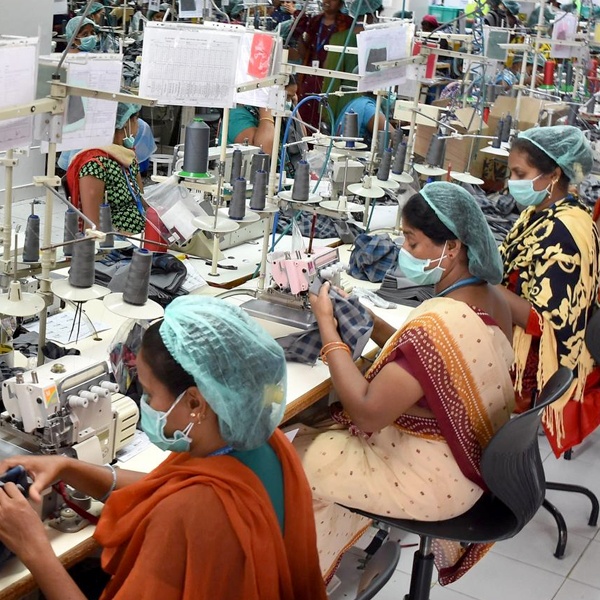
Labour Exploitation in the Global South
Over 75 million people work in garment factories across the world. Most of them are women. Brands pay minimum wages, but those wages fall far short of what's needed to cover basic needs like food, rent and transport. In countries like Bangladesh and Cambodia, workers often put in 14-hour shifts without breaks, sit in cramped spaces, and deal with unsafe conditions. Even after the Rana Plaza tragedy in 2013, where over 1,000 workers died, many buildings still don't meet safety standards. Workers trying to join unions or demand rights often face threats,
job loss or worse.
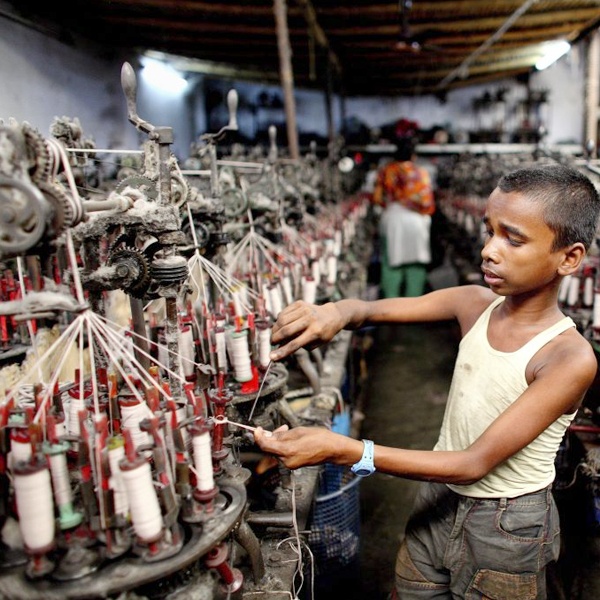
Child Labour and Forced Labour
Child labour also plays a part in fashion's supply chain. According to UNICEF, 152 million children are trapped in child labour globally. Many work in cotton farms or stitching units. Some start as young as five. In countries like Uzbekistan, major reforms pushed out forced child labour from cotton fields, but gaps remain. In China, human rights groups raised alarms over the use of forced Uyghur labour in cotton production. These
issues continue, even though brands now face more pressure to check their supply chains. Some are trying, but real transparency is still missing.

Gender-Based Violence and Discrimination
Women face the worst of it. In many factories, they work long hours and deal with constant verbal and physical abuse. Sexual harassment is common, and complaints often go unheard. Pregnant workers are sometimes fired or pushed to quit. They get no maternity leave or support. The gender pay gap also shows up here - women usually earn less than their male co-workers. Some organisations have started leadership programmes to support women, but these are still too few and far between.
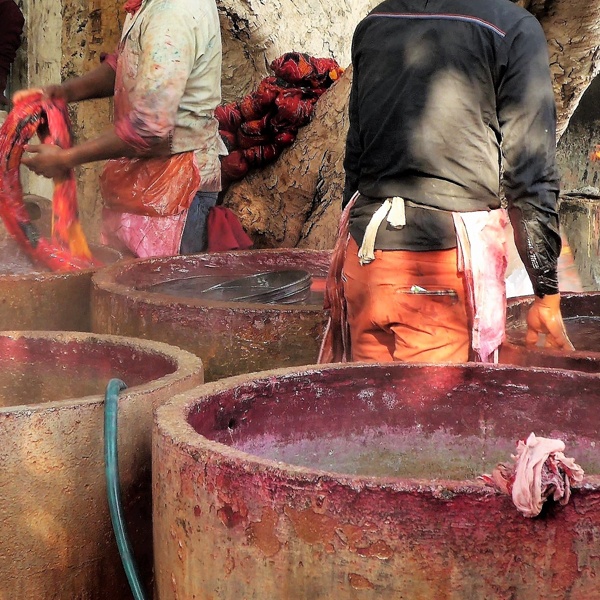
Health and Safety Hazards
Health risks are part of daily life for garment workers. Breathing in cotton dust can cause serious lung problems. Chemicals used in dyeing and processing also harm the skin and lungs. Fire safety remains a huge concern. Factory fires have taken lives, mostly due to locked exits or faulty wiring. Mental health suffers too. Long shifts, low pay and constant pressure leave many workers stressed, anxious or depressed. The COVID-19 pandemic made things worse. Many lost jobs overnight. Those who stayed had to work longer hours for even less money, often without proper safety gear.
Emerging Solutions and Innovations
Fashion has started changing, step by step. From how clothes are made to how they're reused, new ideas are making a difference.
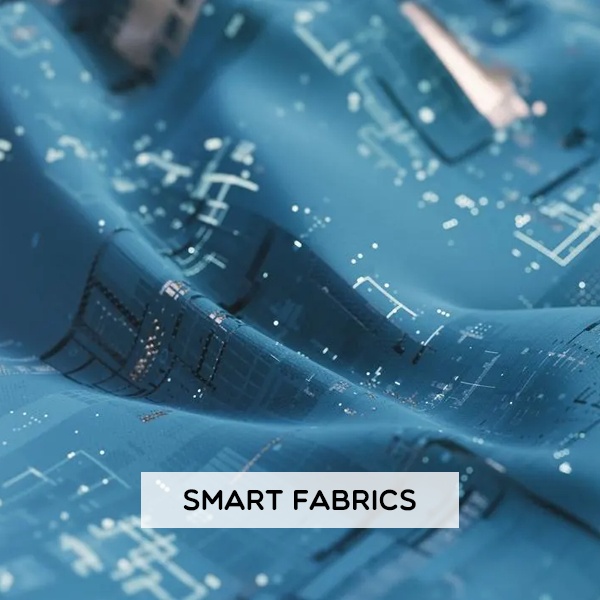
Smarter Materials are Taking Over
Clothes no longer need to harm the planet. Some are now made from lab-grown leather, algae fibres or even orange peel waste. These new materials don't need animals or heavy chemicals. Recycling is getting better too. Natural fibres like organic cotton, hemp, and linen are also coming back. They are cleaner and safer to grow. Even
sportswear brands are now looking for ways to mix strong materials with better environmental care.
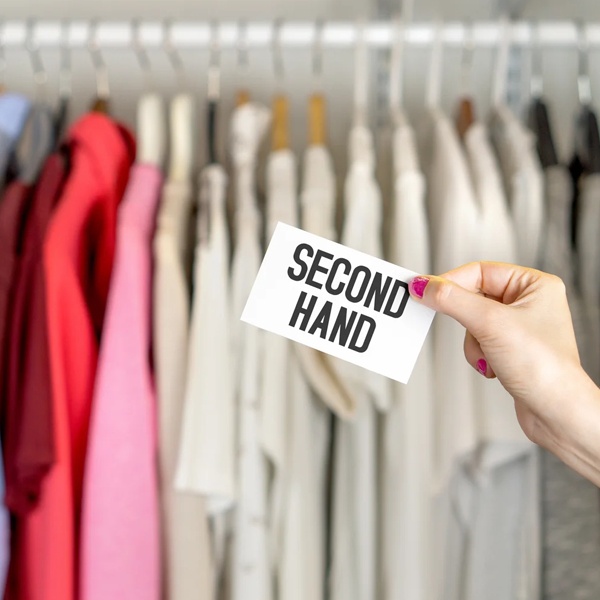
Clothes that Stay in Use
Instead of buying and tossing clothes, more people are renting. This market is growing fast and could hit 2.3 billion dollars by 2030. Second-hand fashion is also popular. It's already a 19 billion dollars industry. More people are selling, swapping or buying used items. Repairs and upcycling are back too. Tailors and DIY fixes are helping clothes last longer. Some brands even take back old items, fix them and put them back into use. This keeps clothes out of the bin.
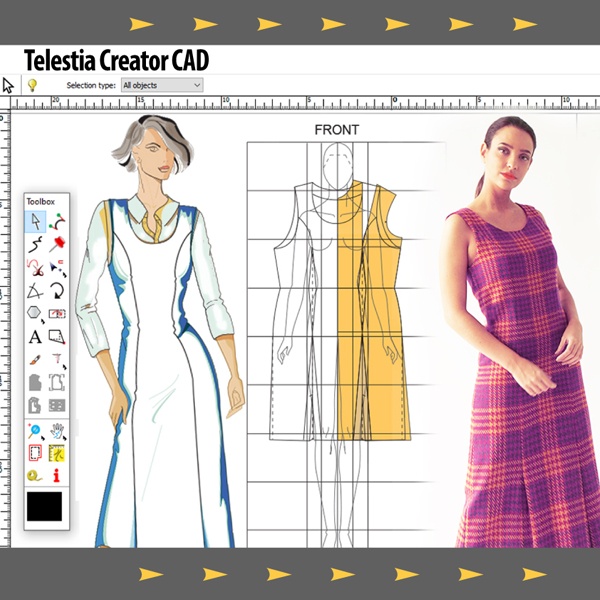
Tech that Tracks and Reduces Waste
Technology now helps brands work in cleaner ways. Blockchain tracks where every item comes from, so there's no hiding.
AI tools help brands guess what people will actually buy. This stops overproduction and waste. 3D design also saves fabric by cutting down how many samples brands make. Virtual try-on tools and digital clothes help buyers make smart choices without needing real fabric.

New Rules are Now in Place
Governments are slowly adding pressure. The EU now expects clothes to last longer and be safer. France has a law that makes brands responsible even after the product is sold. In the US, the New York Fashion Act is asking for full supply chain reports and environmental
checks. The UK's Modern Slavery Act tells companies to show how workers are treated. These rules push brands to do better.
Breaking Up with Fast Fashion: A Consumer's Guide to Conscious Style
What you do with your clothes every day can help reduce waste and pollution. It's not about doing everything perfectly. Just start with small, clear steps. Here's how your choices can help fashion become better for people and the planet.
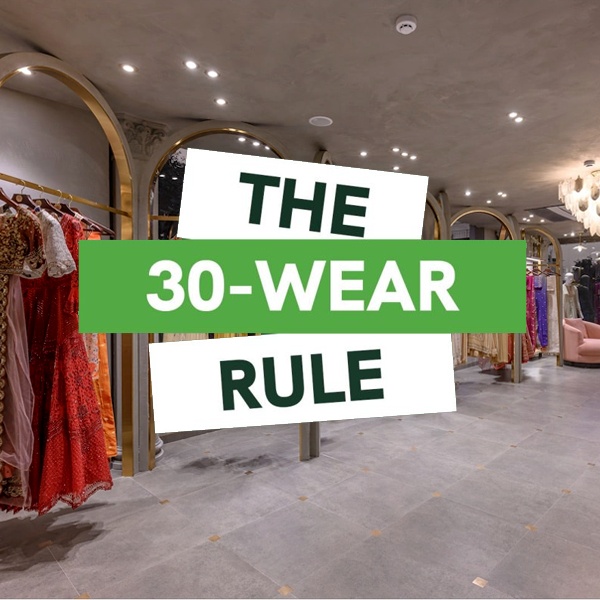
The 30-Wear Rule
Ask yourself: Will I wear this at least 30 times? If not, it's probably not worth buying. Many well-known people now support this idea, and it helps people think before shopping. Also, check the cost per wear. A dress that costs Rs. 3000 but gets worn 30 times ends up cheaper than a Rs. 500 top worn only once. Try a capsule wardrobe. It means fewer clothes, but better ones. Pick items that last and match well. This makes dressing easier and helps build your own style.

Shop with a Plan
Before buying, check how the brand treats workers and the environment. You can use apps like Good On You or look at the Fashion Revolution website. Read the labels. Choose natural fabrics when possible. Look out for trusted signs like organic or certified cotton. Buy clothes in the right season. Avoid last-minute shopping. You will make better choices when you plan ahead. Spend wisely. Instead of many cheap pieces, buy fewer good ones. They last longer and save money in the long run.
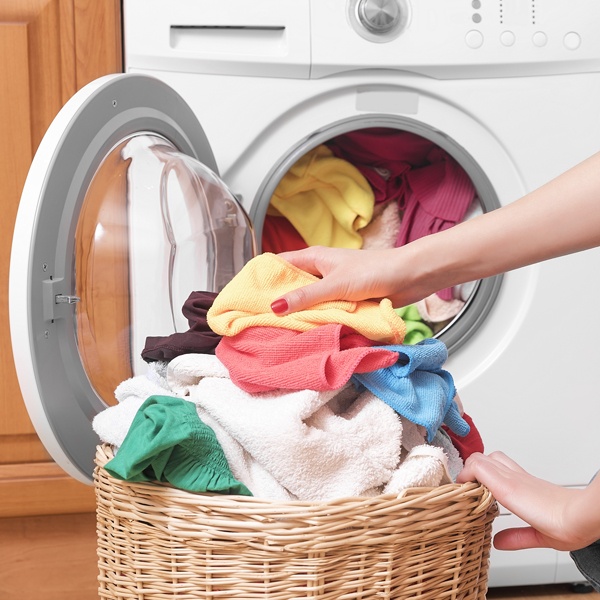
Care & Maintenance for Durability
Wash less often. Use cold water. Choose soft detergents. This keeps your clothes in better condition. Fold
sweaters. Hang clothes that need air. Keep them away from direct sun to avoid fading. If something breaks, fix it. Learn to sew small things or visit a tailor. Rotate clothes with the seasons. Store winter clothes during summer and bring them back later. This helps avoid damage and makes them feel fresh again.
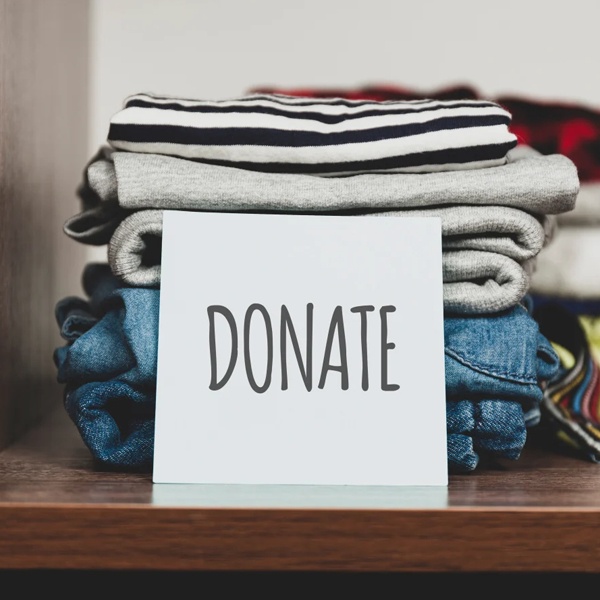
Disposal and Second-Life Options
Only donate clothes that are clean and still useful. Check what local charities need before dropping anything off. If your clothes are still in good shape, try selling them. Use second-hand apps or local shops. Worn-out clothes can go to textile recycling. Some shops and brands collect them. You can also reuse old clothes at home. Turn a T-shirt into a cleaning cloth. Use old
jeans to make bags or covers. This helps reduce waste and saves money.
Industry Transformation: Brands Leading Change
Fashion has started to change. Some well-known brands are no longer ignoring the damage caused by fast
trends. They're doing things differently - for real.
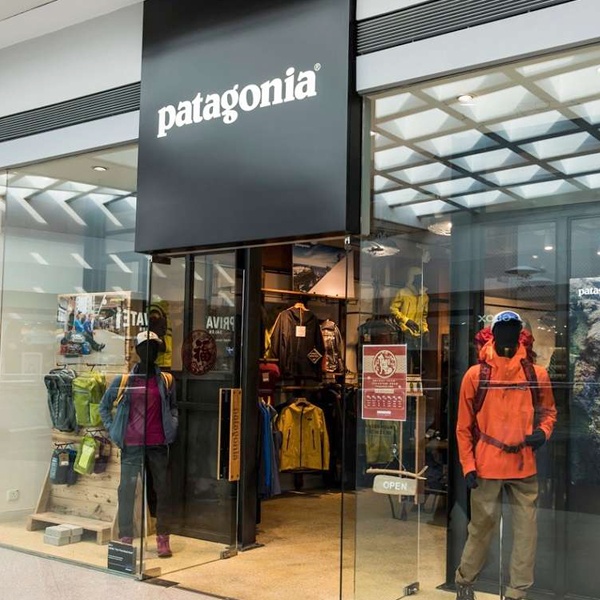
Sustainability Pioneers Doing it Right
Patagonia has become a symbol of action. They encourage people to buy less, fix what they already have, and think before shopping. Eileen Fisher keeps things simple but smart. She focuses on circular design - clothes that can be reused, resold, or remade into something new. Reformation puts all its data out there. They share how much carbon and water go into each product, and they aim to be completely carbon-neutral. Stella McCartney proves that high-end fashion doesn't need leather or fur. Her collections are cruelty-free and forward-thinking.
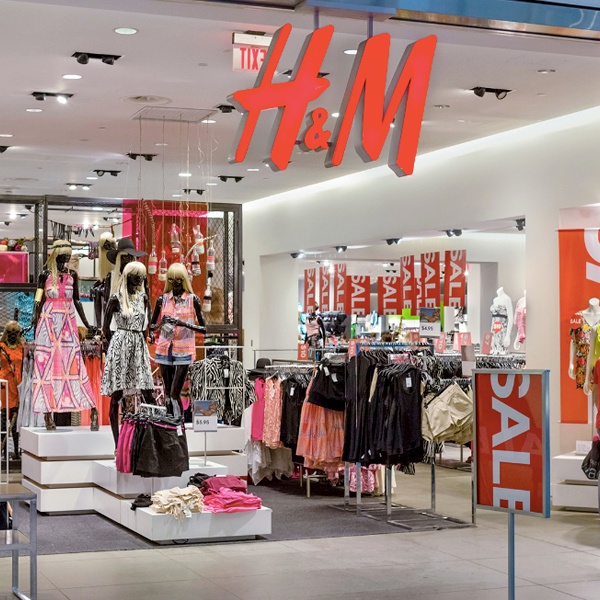
Fast Fashion Trying to Catch Up
H & M has made space for its Conscious Collection, which uses recycled and eco-friendly materials. They also run a garment recycling scheme in stores. Zara, known for fast fashion, now talks about using 100% sustainable cotton, linen and polyester in the near future. Uniqlo has shifted focus with its LifeWear idea - clothes made to last longer and serve more purpose. ASOS has added a responsible fashion section with items meeting better sourcing and ethical standards.

New Brands, Fresh Thinking
Newer brands are taking a different path from the start. Many skip middlemen and sell directly to customers. This helps cut extra waste and keeps things simple. Some focus on local production to avoid long-distance transport and lower emissions. They are also open about what they charge and why - showing real costs and fair wages. These brands don't just sell clothes, they build communities. They talk to customers, listen to feedback, and grow in honest ways.
The Future of Fashion: Trends and Predictions
Fashion is changing fast. It's not just about style anymore. It's about smart choices, cleaner methods and new ways of wearing clothes. Let's look at what the future really holds.

- Digital clothes are now a real thing - Designers are creating outfits that exist only online. People wear them in games, videos or social media posts. There's no fabric, no waste and no shipping. This cuts down pollution and makes fashion fun in a new way.
- Rent, wear, return - and repeat - Clothing rental and monthly fashion subscriptions are growing. Many people now prefer borrowing clothes instead of buying them. It saves money, reduces clutter and lowers waste. What used to be a niche idea is becoming a common choice.
- Factories are moving closer to home - Brands are shifting from faraway mass production to local or nearby workshops. This means fewer transport miles, quicker turnaround and more local jobs. It also gives better control over how clothes are made.
- Some clothes now return to the earth - New fabrics can break down naturally after use. These biodegradable or compostable clothes don't sit in landfills for years. They safely return to the soil, helping cut down long-term pollution.
- AI is helping reduce fashion waste - Smart tools now track what people like and suggest only what suits them. This stops overproduction and fewer unwanted items go unsold. Less guesswork, more accuracy and fewer leftovers.
- Rules are catching up - Laws around fashion are getting stricter. Governments are asking brands to be more open about how they work. Labels may soon need to show where and how clothes were made. It pushes the whole industry to be cleaner and fairer.
Student and Career Perspectives
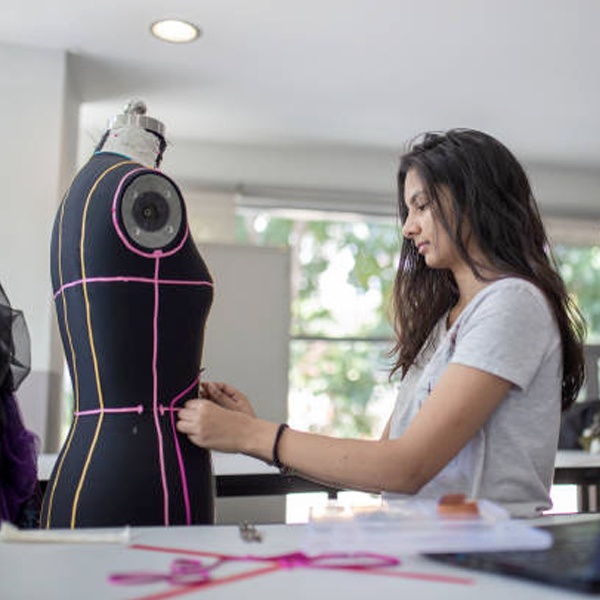
Fashion schools are changing. Many now teach how to make clothes without harming people or the planet. Students learn how to cut down waste, use better fabrics, and think about where their clothes come from. To get jobs in this area, students need more than just drawing or sewing skills. They should know about fair working conditions, safe materials, and clean ways of making clothes. Brands want people who understand how fashion affects the world. Some schools now offer internships with eco-friendly brands. These give students real experience and help them see how
sustainable fashion works in the industry.
Fashion Portfolios also look different today. It's not just about pretty designs. Students need to show how their work is thoughtful and responsible. This might include clothes made from old fabric, hand-dyed materials or smart ways to reduce fabric waste. Job options in this field are growing. Some students become designers who focus on
sustainable clothing. Others work in supply chains, checking if each step is honest and fair. Some give advice to companies on how to reuse materials. There are also roles in communication, where people explain why slow fashion matters. For students, this is a clear path. It's about using their skills in a better way - one that respects people and the planet.
Fashion creates more than clothes. It causes real problems. Factories dump waste into rivers. Many workers still don't get fair pay. Old clothes fill up landfills every day. Fast fashion makes this worse. But each person can help. You don't need to do everything. Start small. Buy only what you need. Pick good quality. Use clothes for longer. Support brands that treat people and the planet well. Even simple steps like reusing or swapping clothes help.
Change starts with people. Not just companies. When more people care and act, the fashion industry will listen. That's how things improve. The
future of fashion can be cleaner and fairer. But it depends on all of us. Fashion is not just about looking good. It's also about doing good.
FAQ about Social & Environmental Impacts of Fashion
1. How can I tell if a fashion brand is really sustainable or just pretending?
Look for proper certificates like GOTS or OEKO-TEX on their website. Real sustainable brands tell you exactly where they make their clothes and how they treat workers. They often let you repair clothes or take them back when you're done. If a brand just says 'eco-friendly' without proof, they might be lying.
2. Can cheap clothes harm my skin?
Yes. Cheap clothes often have nasty chemicals that can make your skin itch or give you rashes. Some have lead or other toxic stuff that gets on your skin when you wear them. Synthetic materials don't let your skin breathe properly, which can cause infections.
3. How do synthetic clothes pollute the ocean?
When you wash polyester or nylon clothes, tiny plastic bits come off and go down the drain. These microplastics end up in the sea where fish eat them. Then we eat the fish, so the plastic ends up in our bodies too. Fashion makes about 35% of all ocean microplastic pollution.
4. Why do social media influencers make people buy more clothes?
Influencers post new outfits every day, making people think they need new clothes all the time. They give discount codes that make buying feel urgent. People want likes on their photos, so they buy new clothes to look trendy online.
5. How can schools help students learn about sustainable fashion?
Schools can teach kids about where clothes come from and how they affect the planet. They can organise clothes swaps where students exchange clothes instead of buying new ones. Fashion courses can teach students to design clothes that last longer and use less harmful materials.
6. Why do people keep buying fast fashion even when they know it's bad?
Cheap clothes make people feel good immediately, like getting a small present. Low prices trick people into thinking they're getting a good deal. Social media makes people worry about wearing the same outfit twice. Shopping also makes some people feel better when they're sad or stressed.
7. Do trade rules affect how environmentally friendly fashion is?
Yes. Many trade agreements let brands make clothes in countries with weak environmental laws. This makes it cheaper to pollute than to be clean. However, new rules in Europe will soon force brands to be more responsible for their environmental impact.
8. What new technology is making fashion more sustainable?
Scientists now grow leather from mushrooms instead of using animals. New
machines can dye clothes without using any water. 3D printers can make clothes with zero waste. Computer programmes help brands make only what people will actually buy, reducing waste.
Fast fashion is so cheap that local tailors and traditional craftspeople can't compete. Many lose their jobs and their skills disappear forever. Communities that made beautiful handmade clothes for hundreds of years now struggle to survive.
10. What's wrong with free shipping on cheap clothes?
'Free' shipping isn't really free - the cost gets added to the clothes' price. It makes delivery drivers work for very low pay. Planes and trucks used for quick delivery create lots of pollution. It also makes people buy things they don't really need because shipping seems free.
11. How can workplaces help people dress more sustainably?
Companies can create dress rules that let people wear the same quality clothes often instead of needing new outfits constantly. They can give workers money specifically for buying sustainable clothes. Office clothes swaps let employees exchange clothes they no longer want.
12. What happens if fashion doesn't become more sustainable?
Clothes will become much more expensive as materials run out. Climate change will disrupt where clothes get made. Governments will charge fashion companies big fines for polluting. Customers will stop buying from brands that harm the environment, making those companies lose money.

























 CONTACT USWaves Institute of Fashion Designing,
CONTACT USWaves Institute of Fashion Designing,